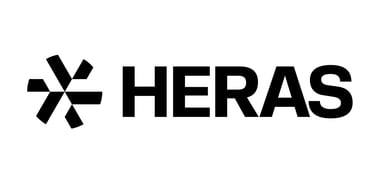
Garda Group Rebrands as Heras: A New Era of Seamless Security Solutions
Garda Group is entering a new chapter by rebranding as Heras, uniting its businesses under one...
On our blog page you will find valuable information on new and
existing fencing, projects and access control solutions.

Garda Group Rebrands as Heras: A New Era of Seamless Security Solutions
Garda Group is entering a new chapter by rebranding as Heras, uniting its businesses under one...

Reducing noise nuisance at construction sites and events
The season of festivals and events is the highlight of the year for many people. Long summer...

Stable and long-lasting: what characterises modern temporary fencing?
Modern construction site fences are characterised by the use of high-quality, long-lasting...

Heras joins Garda Group to strenghten its position in European perimeter security
OIRSCHOT – 9 April 2025 - Garda Group, Northern Europe’s largest provider of perimeter and...
Our team will be happy to tell you more about our products and services during a one-to-one meeting. Book your appointment straight away via the button below.